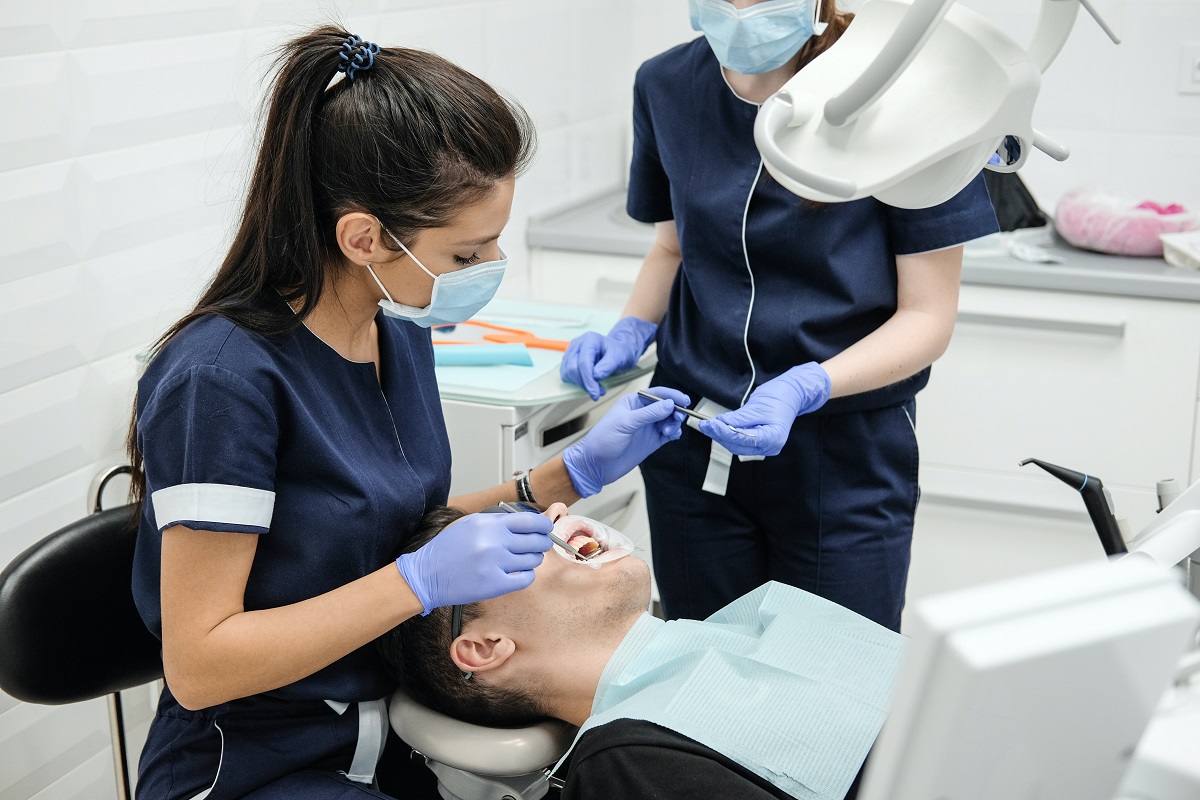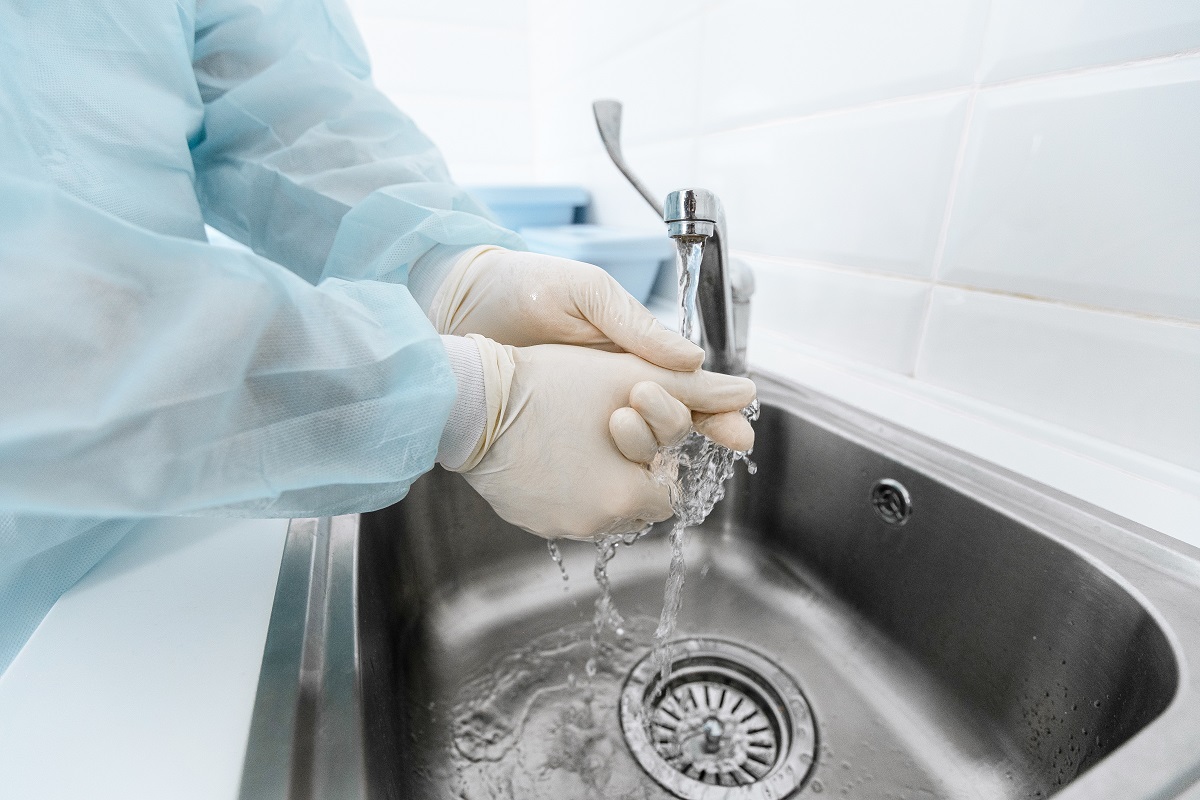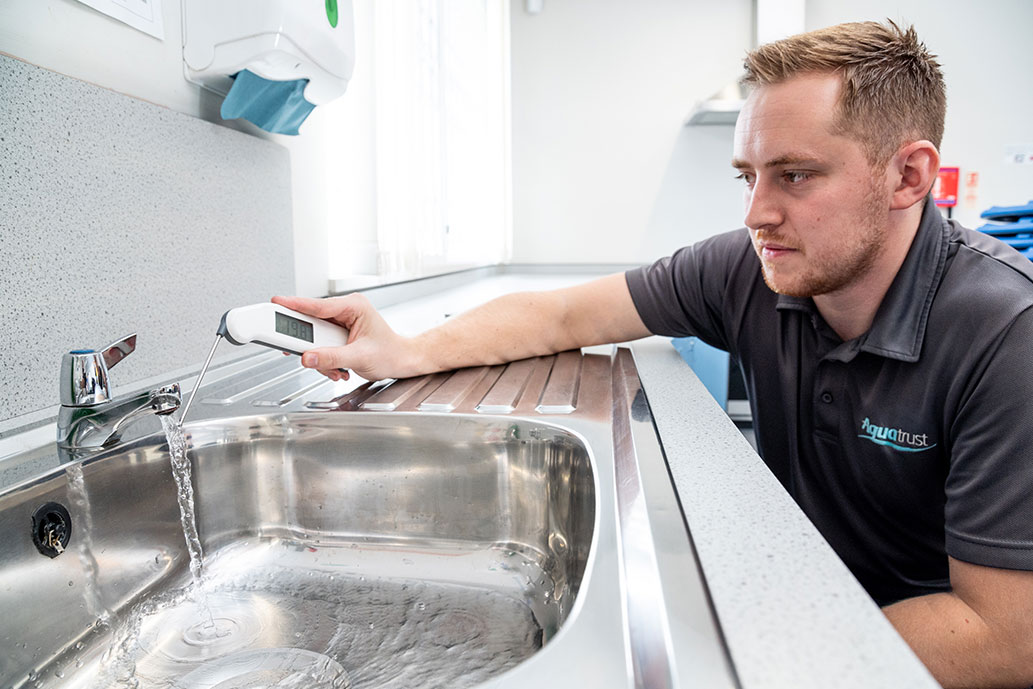
Legionella testing for dental practices
What’s the risk?
Legionnaire’s disease is a flu-like illness that is potentially fatal, caused by dangerous levels of Legionella bacteria. The disease is uncommon but extremely serious and steps must be taken to prevent Legionella bacteria building up in water systems.
Legionella bacterium is present in all water systems and, given the right conditions, it becomes dangerous. When inhaled as water droplets, the bacteria leads to serious illness. Because of the risk to public health, it must be controlled.
What’s the responsibility for dental practices?
Dental practices have a duty of care to their patients and staff and must protect them from potential harm. It’s the legal responsibility of the employer or person in control of a premises to arrange water safety checks and monitor the risk of Legionella.
You have a duty to comply with the Approved Code of Practice (ACoP) L8 as imposed by the Health & Safety at Work Act 1974.

What makes dental practices at risk?
Legionella grows best in warm water, but hot water systems are also at risk. Legionnaire’s disease is contracted by breathing in water vapour, making water spray a risk. Stagnant water systems allow Legionella bacteria to build up more easily.
At risk areas for dental practices include:
- Toilets and sinks
- Washing facilities
- Patient sinks and rinsing taps
- Equipment washing facilities
- Water storage tanks
Anywhere where people come into contact with water – particularly with spray – there is a risk. Water that has been left still, such as a toilet that has not been flushed over the weekend, can enhance the risk. Legionella testing for dental practices finds out just how at risk you are.

How to minimise and manage the risk
Regular Legionella risk assessments and monitoring is the way to mitigate and manage the risk of Legionella bacteria. Arranging a site visit with a qualified risk assessor helps you stay safe and compliant. They assess the water hygiene and safety of your dental practice.
During the survey, the risk assessor checks wherever water is supplied. This could be taps, toilets, cleaning and washing facilities, and tanks. They will access all the water systems you have on site and take readings.
The results will be communicated back to you in a report and any remedial works needed will be quoted for. Once you have had an initial Legionella risk assessment, we give you an idea of what monitoring is required to stay compliant.
We hope this article has helped you to understand more about Legionella testing for dental practices Are you looking for a water treatment company to help your dental practice stay safe and compliant? Get in touch with our team to find out what water treatment services are required to keep your business compliant.

